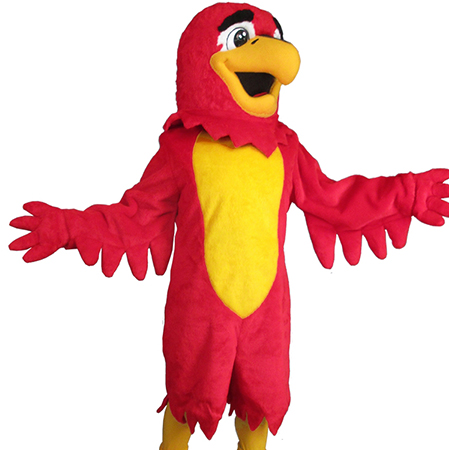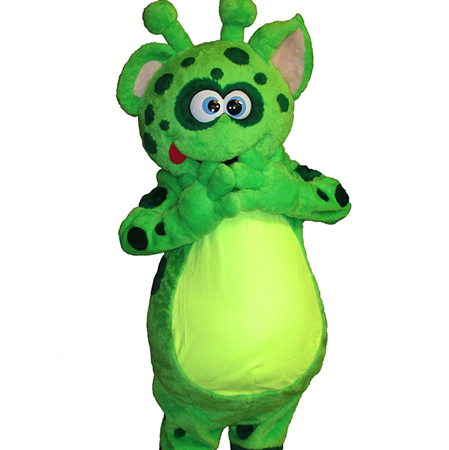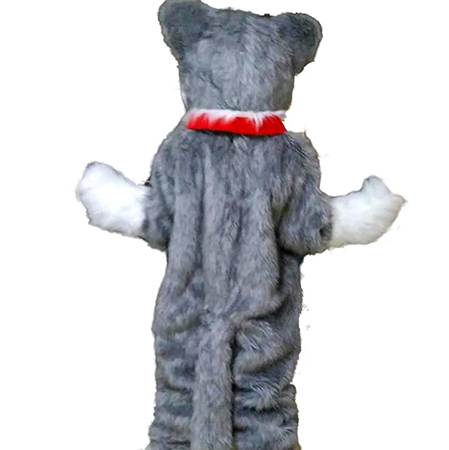Bear mascots hold a unique and cherished place in various cultures around the world, symbolizing strength, bravery, and resilience. These bear mascot costumes often play significant roles in sports teams, school events, community gatherings, and even corporate functions. Their presence goes beyond mere entertainment; they embody deeper cultural values and traditions that resonate with people on a profound level.
In Japan, the most iconic bear mascot is Kumamon, the black and white bear from Kumamoto Prefecture. Since its creation in 2010, Kumamon has become an international sensation, representing the region’s tourism efforts and fostering a sense of pride among locals. The mascot’s friendly yet robust appearance reflects the Japanese cultural appreciation for harmony, balance, and perseverance. Through Kumamon, we see how bear mascots can transcend their roles as mere symbols and become powerful ambassadors for their communities.

Head to North America, and you’ll find another beloved bear mascot: Yogi Bear. This classic character from cartoons and merchandise embodies the American spirit of fun and adventure. Yogi Bear, often seen trying to outsmart campers to steal picnic baskets, symbolizes cleverness and mischief—traits celebrated in American folklore and media. His widespread appeal underscores the cultural significance of bear mascots as enduring figures in popular culture.
Moving to Europe, particularly to Germany, the teddy bear, or “Teddy,” holds sentimental value dating back to President Theodore Roosevelt. The story of Roosevelt refusing to shoot a captured wild bear during a hunting trip sparked a global fascination with teddy bears. In German culture, the teddy bear represents comfort and childhood innocence. It serves as a reminder of the softer side of human nature and the importance of nurturing these qualities.

Meanwhile, in Canada, the polar bear mascot stands as a symbol of the country’s northern wilderness and indomitable spirit. These polar bears highlight Canada’s vast natural landscapes and the resilience needed to thrive in such harsh environments. Polar bear mascots often appear at winter festivals and sports events, promoting unity and a deep connection to the land and heritage.
Across societies, bear mascot costumes serve multiple roles beyond just being cute and cuddly. They are often used in educational settings to teach children about wildlife conservation and ecology. For example, organizations like WWF (World Wide Fund for Nature) have effectively used panda and polar bear mascots to raise awareness about endangered species and habitat loss.

Moreover, bear mascots also play critical roles in social movements and political rallies. They often represent broader ideals of protection, strength, and resistance against adversity. For instance, bear mascots might appear at charity events to promote causes like cancer research or environmental protection, symbolizing the courage needed to fight these issues.
The design and portrayal of bear mascot costumes are also steeped in cultural nuances. For instance, in some Indigenous cultures in North America, certain aspects of animal representations in ceremonial attire signify spiritual connections and tribal identities. Similarly, in Eastern European folklore, bears are often depicted as wise creatures, guiding humans through life’s challenges.

In conclusion, bear mascots are far more than just playful characters in costumes. Through their varied forms and functions across different societies, they communicate rich cultural narratives and values. Whether representing regional pride, historical tales, or contemporary issues, bear mascots continue to captivate hearts and minds, bridging past traditions with present-day contexts. Their enduring presence in various cultural fabrics speaks volumes about our universal need for symbols of strength, unity, and resilience.
